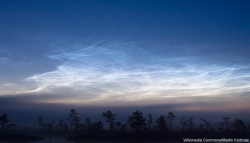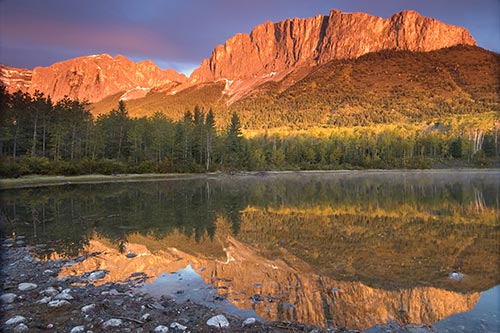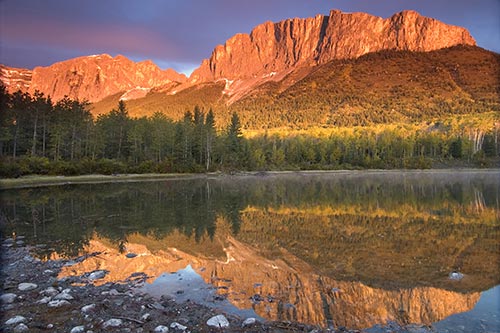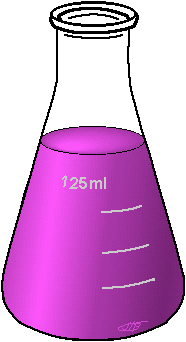Role of Cloud Formation Underestimated
20140101 Deborah Smith of UNSW Science Sydney —

Global average temperatures will rise at least 4°C by 2100 and potentially more than 8°C by 2200 if carbon dioxide emissions are not reduced, according to new research published in Nature that shows our climate is more sensitive to carbon dioxide than most previous estimates.
The research could solve one of the great unknowns of climate sensitivity, the role of cloud formation and whether this will have a positive or negative effect on global warming.
“Our research has shown climate models indicating a low temperature response to a doubling of carbon dioxide from preindustrial times are not reproducing the correct processes that lead to cloud formation," said lead author from UNSW’s Centre of Excellence for Climate System Science, Professor Steven Sherwood.
“When the processes are correct in the climate models the level of climate sensitivity is far higher. Previously estimates of the sensitivity of global temperature to a doubling of carbon dioxide ranged from 1.5°C to 5°C. This new research takes away the lower end of climate sensitivity estimates, meaning that global average temperatures will increase by 3°C to 5°C with a doubling of carbon dioxide.”
The key to this narrower but much higher estimate can be found in the observations around the role of water vapour in cloud formation.
Observations show when water vapour is taken up by the atmosphere through evaporation the updraughts often rise up to 15 km to form heavy rains, but can also rise just a few km before returning to the surface without forming such rains.
In addition, where updraughts rise this smaller distance they reduce total cloud cover because they pull more vapour away from the higher cloud forming regions than when only the deep ones are present.
Climate models that show a low global temperature response to carbon dioxide do not include enough of this lower-level process. They instead simulate nearly all updraughts rising to 15 km.
These deeper updraughts alone do not have the same effect, resulting in increased reflection of sunlight and reduced sensitivity of the global climate to atmospheric carbon dioxide.
However, real world observations show this behaviour is wrong.
When the processes are correct in the climate model, this produces cycles that take water vapour to a wider range of heights in the atmosphere, causing fewer clouds to form in a warmer climate. This increases the amount of sunlight and heat entering the atmosphere and increases the sensitivity of our climate to carbon dioxide or any other perturbation.
When water vapour processes are correctly represented, the sensitivity of the climate to a doubling of carbon dioxide – which will occur in the next 50 years – means we can expect a temperature increase of at least 3°C and more likely 4°C by 2100.
“Climate sceptics like to criticise climate models for getting things wrong, and we are the first to admit they are not perfect, but what we are finding is that the mistakes are being made by those models which predict less warming, not those that predict more,” said Professor Sherwood.
“Rises in global average temperatures of this magnitude will have profound impacts on the world and the economies of many countries if we don’t urgently start to curb our emissions."
Go to
Source.

 . See it and more.
. See it and more.





















